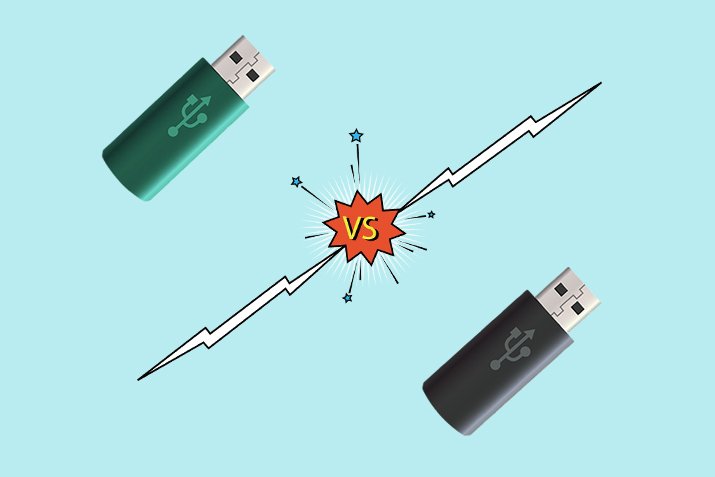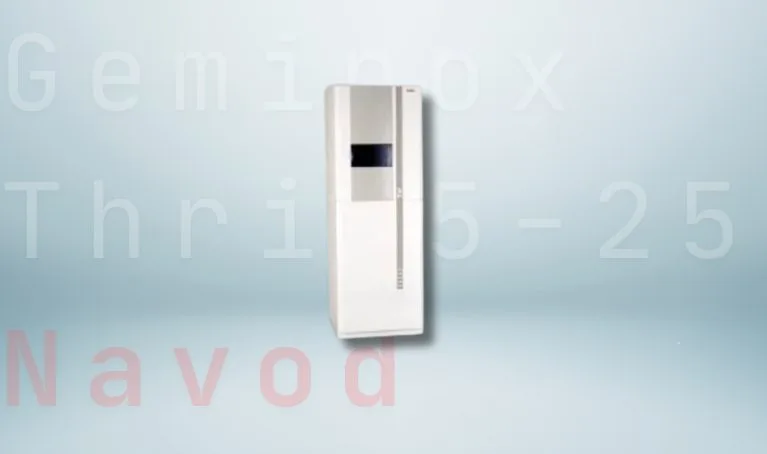Cloud Security Fundamentals: A Complete Guide to Protecting Your Data

In a world where data breaches are increasingly common, understanding the fundamentals of cloud security is more important than ever. With more businesses moving to the cloud, knowing how to secure your information has never been so crucial. For the full story, read on!
What is Cloud Security?
Cloud security refers to the set of policies, technologies, and controls designed to safeguard data, applications, and systems that are hosted in the cloud. It involves protecting your cloud infrastructure from threats such as data breaches, loss, or unauthorized access.
In simple terms, it’s the digital fortress that keeps your cloud-hosted assets safe.
Why is Cloud Security Important?
Cloud security is critical because it ensures that sensitive information stored in the cloud is protected from unauthorized access, theft, or loss. It also helps organizations meet regulatory compliance standards and avoid hefty fines.
Without proper security, your data, applications, and systems are vulnerable to cyberattacks, which could lead to costly data breaches and damage to your reputation.
Common Cloud Security Threats
There are several common threats to cloud security. Knowing these threats will help you understand how to mitigate them effectively:
1. Data Breaches
- Unauthorized access to your cloud data, either by hackers or insiders.
- Example: In 2020, a major cloud service provider experienced a data breach, exposing millions of customer records.
2. Account Hijacking
- When cybercriminals gain access to a user’s cloud account by stealing credentials.
- Example: Phishing attacks that lead to compromised credentials are common.
3. Insecure APIs
- Weaknesses in cloud APIs (Application Programming Interfaces) can expose cloud systems to attack.
- Example: APIs without proper authentication or encryption.
4. Denial of Service (DoS) Attacks
- Overloading a cloud service to disrupt availability.
- Example: DDoS attacks targeting cloud-hosted websites to bring them offline.
5. Insider Threats
- Employees or trusted individuals causing harm to the cloud environment, either intentionally or unintentionally.
- Example: Misconfigured cloud storage settings leading to unintentional data leaks.
Cloud Security Frameworks and Models
The Shared Responsibility Model
The cloud service provider (CSP) and the customer share the responsibility for security in the cloud. While the provider secures the infrastructure, the customer is responsible for securing their data, applications, and user access.
Cloud Security Alliance (CSA) Controls
The CSA provides a comprehensive framework for cloud security, covering everything from compliance to risk management.
Best Practices for Cloud Security
To ensure that your cloud environment remains secure, follow these best practices:
1. Data Encryption
- Always encrypt your data, both at rest and in transit, to protect it from unauthorized access.
2. Use Multi-Factor Authentication (MFA)
- MFA adds an extra layer of protection by requiring more than just a password to access your account.
3. Regular Audits and Monitoring
- Continuously monitor your cloud environment for potential security vulnerabilities and conduct regular security audits.
4. Secure API Usage
- Ensure your APIs are properly secured by using strong authentication methods and ensuring they are free from vulnerabilities.
5. Access Control
- Implement strong role-based access controls (RBAC) to limit access based on user roles.
Security Tools and Technologies for Cloud Environments
Cloud Access Security Brokers (CASB)
- CASBs are tools that provide visibility and control over cloud usage and ensure compliance with security policies.
Identity and Access Management (IAM)
- IAM systems help manage users’ access to cloud services and ensure only authorized users can access sensitive data.
Security Information and Event Management (SIEM)
- SIEM tools aggregate and analyze security event data, helping organizations detect and respond to security threats in real time.
How to Choose a Secure Cloud Service Provider
When selecting a cloud service provider, consider the following security features:
1. Compliance with Industry Standards
- Make sure the provider complies with standards like GDPR, HIPAA, or FedRAMP.
2. Data Encryption
- Check if the provider offers encryption for data at rest and in transit.
3. Access Management Tools
- Look for robust IAM tools and multi-factor authentication options.
4. Incident Response Plans
- Ensure the provider has a clear plan for addressing security incidents.
Conclusion:
Cloud security is an ongoing process that requires vigilance and the implementation of best practices. By understanding the fundamentals and applying the right security measures, you can effectively protect your data and ensure compliance with industry standards. Whether you’re an individual or a business, securing your cloud environment should always be a top priority.
For a secure and trusted cloud experience, always choose a service provider that aligns with your security needs. Stay informed, stay secure, and safeguard your cloud assets.





